Brain-savvy Performance Management
March 19, 2016
The Feedback Debate
April 18, 2016
The company
This family owned Group is one of Italy’s most famous luxury enterprises. The family pride themselves in passing down the business gene and entrepreneurial spirit through the generations, ensuring that the name remains synonymous with pioneers of business. Growth has been possible through shrewd diversification of the offering, which now ranges from clothing to accessories, and strategies which have enabled the brand to grow successfully throughout the world.
The Group’s philosophy is based on three principles:
- long-term objectives
- family ownership to ensure continuity
- a sound, ethical commitment

We started working with the Group when they appointed a new HRD to help them transform the company from a product to customer-centric organisation by providing the best customer service in their sector.

We started working with the Group when they appointed a new HRD to help them transform the company from a product to customer-centric organisation by providing the best customer service in their sector. A big ambition when they were already renowned for service. These changes took place against strong growth in the retail business and expansion into China and other Asian markets.

The resulting Success Profile identified the difference that made the difference between the best and the average in each job role.

Our role
We carried out three assignments with the Group. Here we will discuss our role in Customer Service.
Creating a talent strategy for growth
As the Group grew its retail business, the strong values and skills which distinguished their customer service began to stretch and become diluted. It was no longer feasible to send a ‘disciple’ from Italy to each new market to pass on the values and skills.
We used our Success Profile methodology to model the skills and mind-set of the best retail staff at associate, store manager and regional director levels. This gave a blue-print for what a good performer looked like. We also created a Strategic Strategy Profile, to feedback to the leadership team the degree of alignment across the strategic plan and the means to execute the strategy.
To ensure buy-in we created a profile for each major region: Europe, USA and Japan. We also profiled the Group’s best wholesale customer to compare and contrast the best customer service in the Group compared to the industry benchmark.
The resulting Success Profile identified the difference that made the difference between the best and the average in each job role.
The secrets of success
Each employee interviewed was fed back the results of the group profile, and asked to give input to the final model. This process helps the most successful understand more about how they achieve success and is an important element of our methodology. It also helps to validate the profile. In addition, by profiling each region we found that business heads could discuss their own profile and how it compared with the best of the best across the globe.
The end result was a group profile which pointed to:
- What made mind-set and purpose made the most difference to customer service for associates.
- How the best store managers ran their store, developed and hired their team and role-modelled the values of service.
- How the most successful regional managers created a culture of service.

We went on to work with the Group over a number of years to create tools and development programmes to embed the skills and mind-set across the retail business.

The application
We went on to work with the Group over a number of years to create tools and development programmes to embed the skills and mind-set across the retail business. This included three main areas:
- The development of a leadership programme for store managers based on the Success Profile. The programme passed on the skills and mind-set of the best. We designed, tested and then created a train the facilitator programme and developed the skills within the Group or with local associates to run the workshops across the globe.
- We created recruitment tools and carried out train the trainer workshops to equip the Group’s HR team to use the tools and train line managers in their use. We also trainer the regional manager and his team in China where recruitment was of vital importance to business growth in the region
- We created assessment tools to identify talented people across the group.
The results
We worked with the HR team and Retail leaders to measure the results of the application of the Success Profile in the business.
We received fantastic feedback on the workshops and tools but we wanted to know if they were making a difference to the business. So prior to the roll out of each programme, measures were taken of the sales associates’ sales volume; the number of customers who returned to the store and the percentage of wardrobe a customer purchased from the Group (based on cross selling of different collections). Results were then monitored post workshop and the application of tools.
We saw increases of around 5 % in mature markets like Italy but massive increases in markets like China. With typical increases of 40-70 % across stores. This was particularly pleasing because their strategy was to grow in Asia.
The lessons
The Success Profile gives people a say in what makes a difference. This helps gain buy-in to the process and ensures important values are included. The language is the clients and because the examples are from the company people quickly identify with and use the model. The Success Profile typically finds 4-5 success factors. For the Group, there were four. This is a number managers can remember, work with and identify in their team. Associates in stores could equally see how improving on one of the success factors would improve their performance.
The best results came when there was an integrated use of tools, commitment and follow
through at regional and store manager levels.
The more simple the tools, the greater take up, application and results in business terms.
There was a need for strong control from the Group’s Leadership School (the learning and leadership department in the Group) over the consistent use of tools and maintaining the development programme standards and the skills of facilitators.
"The holistic approach to this work showed the leaders that playing attention to all aspects of people management increased profits and created more successful stores."




